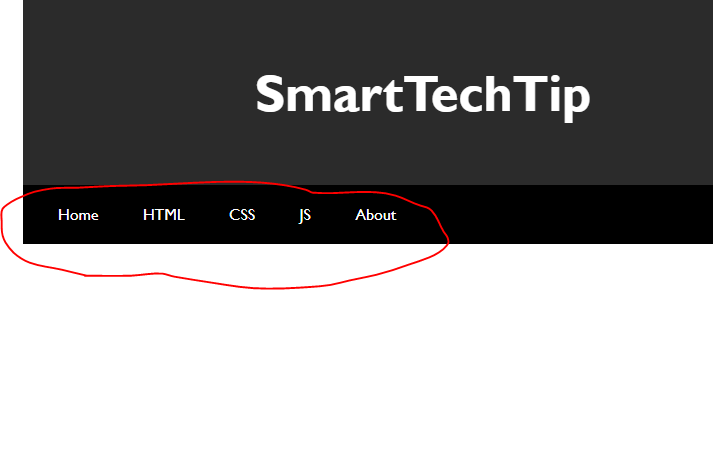Starting Secure: Essential Data Protection Tips for New Entrepreneurs
 As
you embark on your entrepreneurial journey, safeguarding customer data is a
critical foundation for trust and compliance. By embedding robust data security
measures from the outset, you protect your business from potential threats and
build a strong relationship with your customers based on reliability and
integrity. The following practices, courtesy of SmartTechTips, will guide you in creating a secure
environment for your business’s sensitive data.
As
you embark on your entrepreneurial journey, safeguarding customer data is a
critical foundation for trust and compliance. By embedding robust data security
measures from the outset, you protect your business from potential threats and
build a strong relationship with your customers based on reliability and
integrity. The following practices, courtesy of SmartTechTips, will guide you in creating a secure
environment for your business’s sensitive data.
Encrypt Your Data
Implement robust encryption protocols to secure customer data effectively. This method encodes information, making it accessible only to those with the decryption keys. Encryption ensures the information remains protected from unauthorized access even during a data breach. Adopting strong encryption standards is a proactive step toward maintaining confidentiality and security.
Control Access
Limiting data access to authorized personnel is crucial for minimizing the risk of internal breaches. Implement access controls that define who can view or edit sensitive customer information. Such measures guarantee only employees with necessary clearance can access data, reducing the exposure of sensitive information to potential internal threats.
Educate Through Cybersecurity Programs
Deepen your cybersecurity expertise by enrolling in a specialized degree program. This educational journey equips you with critical skills and knowledge to safeguard networks and systems against evolving cyber threats. Earning a degree for a cybersecurity program can significantly enhance your strategic approach to digital defense.
Opting for an online degree offers the added advantage of flexibility, allowing you to balance the demands of your business with your educational goals. This path not only boosts your technical acumen but also positions you as a committed leader in business security management.
Enforce Password Management
Strong password policies are vital for safeguarding your business’s systems. Mandate complex passwords that combine letters, numbers, and symbols, and require regular updates to these credentials. Implementing multi-factor authentication adds a layer of security, making it harder for unauthorized users to gain access.
Implement Regular Data Backups
Regularly backing up customer data mitigates the risk of losing critical information due to hardware failures, cyberattacks, or other unforeseen incidents. Store backups in secure, geographically diverse locations to ensure data can be quickly restored.
Backups help maintain business continuity even in crisis situations. Additionally, implementing a regular schedule for data backups and testing the recovery process ensures that you are always prepared for a swift response to any data loss incident.
Update Your Software Regularly
Keep your software and systems up to date to protect against vulnerabilities. Software updates often include patches for security loopholes that cybercriminals could exploit.
Regular updates ensure that your systems are defended against the latest threats, providing ongoing protection for customer data. Staying vigilant about applying these updates promptly can dramatically reduce the window of opportunity for attackers, enhancing your overall security posture.
Train Your Team
Employee education on data security best practices is essential. Regular training sessions help foster a culture of security awareness within your organization.
By understanding the significance of security measures and how to implement them, employees become a robust first line of defense against potential data breaches. Additionally, equipping employees with the latest security knowledge and tools enables them to identify and respond to threats more effectively, further strengthening your company's defenses.
Deploy Firewalls and Intrusion Detection
Firewalls and intrusion detection systems are critical components of a comprehensive data security strategy. These systems monitor and control the traffic entering and leaving your network, identifying and blocking potential threats.
Their proactive nature helps prevent unauthorized access and maintain the integrity of your business’s data. Regular updates and fine-tuning ensure these systems remain effective against new and evolving threats, further solidifying your cybersecurity framework.
Wrapping Up
Securing customer data is not just a technical requirement but a fundamental aspect of building a trustworthy business. By integrating these best practices into your operations from the beginning, you establish a secure foundation that supports data protection while contributing to the overall success and credibility of your business. Cultivating a secure environment requires continuous effort and vigilance to ensure your data and customer trust are well protected.
If you enjoyed this article, you can find more helpful content at SmartTechTip.com!




